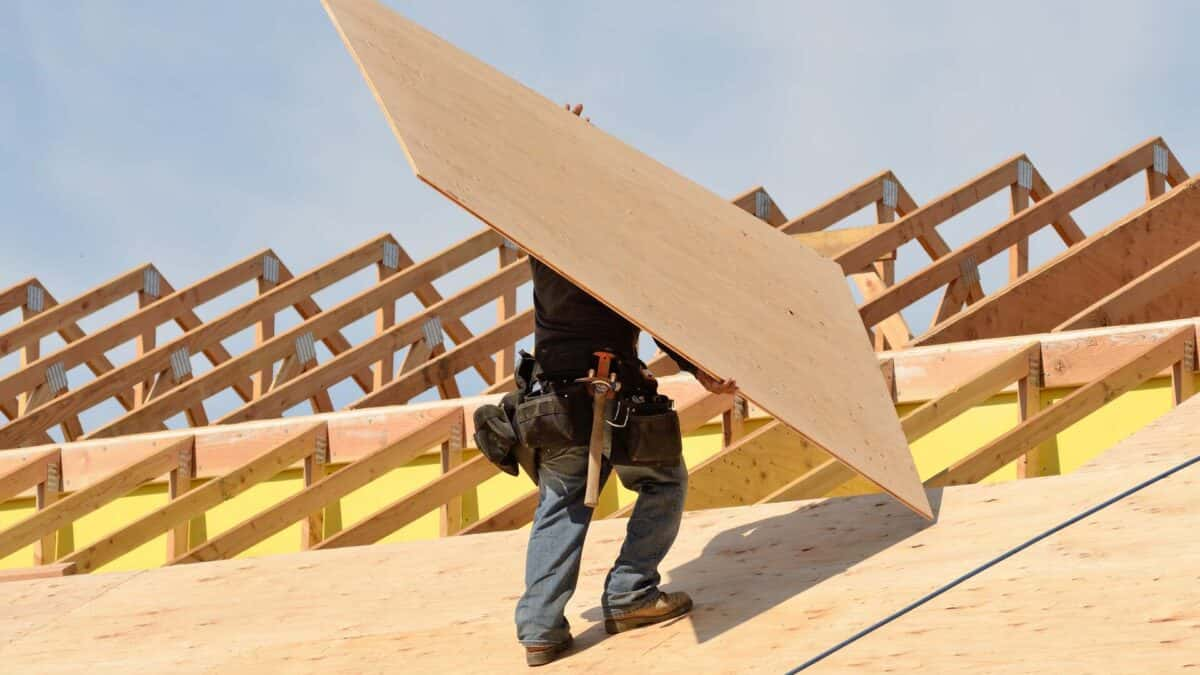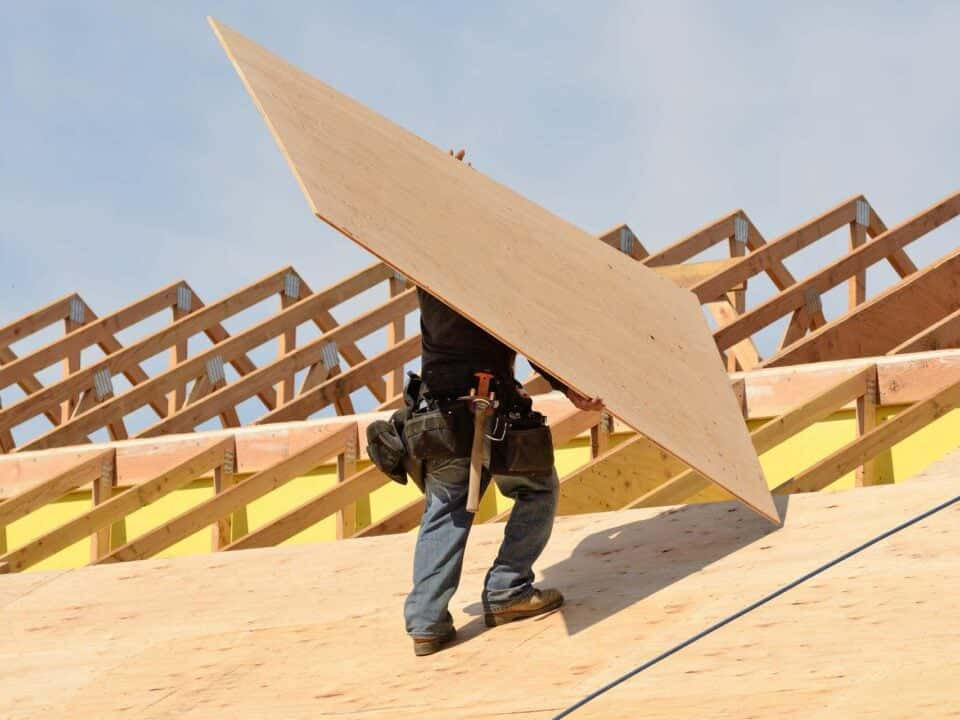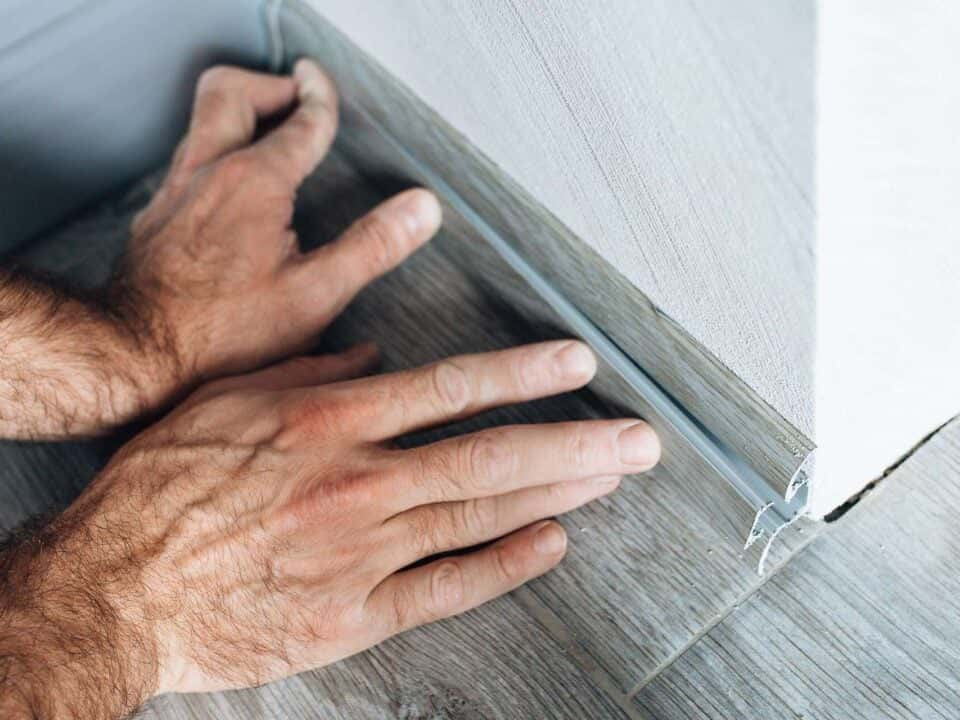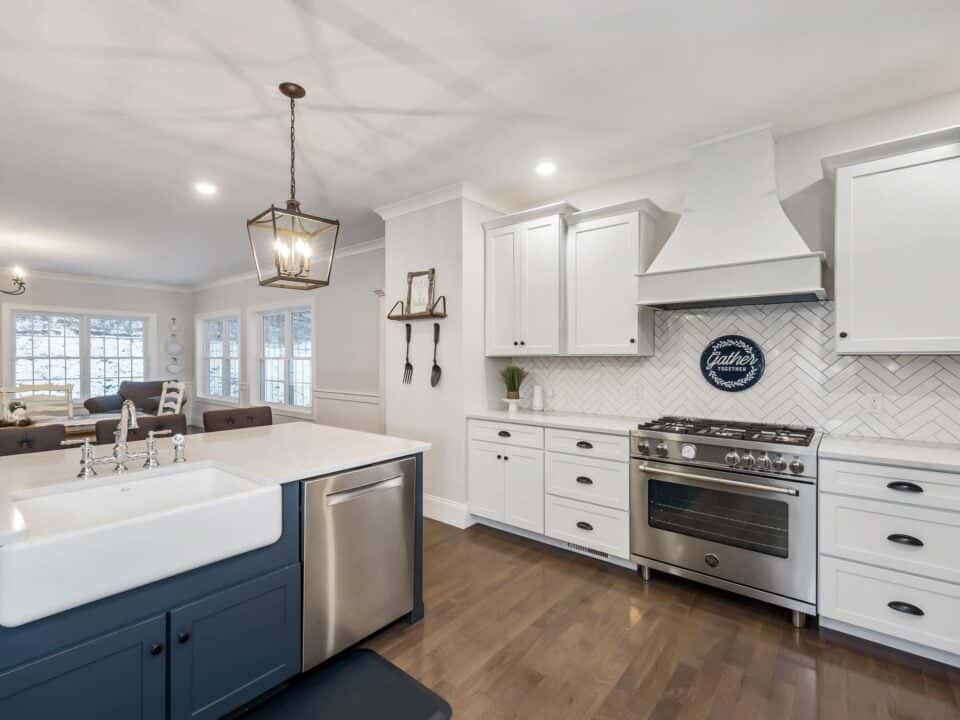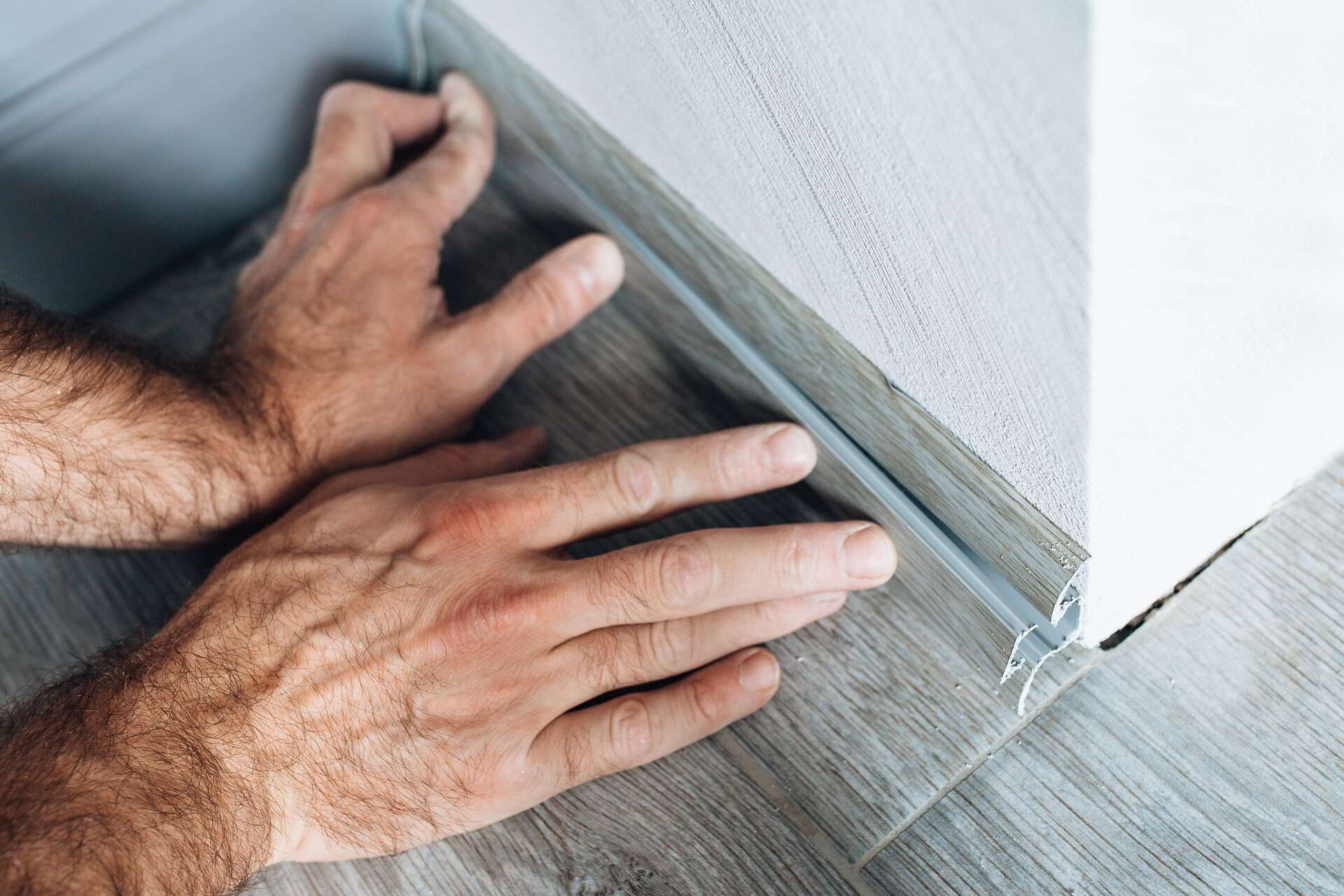
The Timeless Elegance of Hardwood Moulding
July 22, 2023Plywood, with its versatile and durable nature, has become an indispensable material in various construction and DIY projects. Whether you are building furniture, cabinets, flooring, or undertaking home renovations, choosing the right type of wood is crucial to the success and longevity of your project. In this blog, we will delve into the essential factors to consider when making a selection, ensuring that you make an informed decision that aligns with your project’s requirements and budget.
Understand the Different Grades
Plywood comes in various grades, each designed for specific applications. The grading system typically ranges from A to D, with A being the highest quality and D being the lowest. The appearance and strength of the plywood vary across these grades. For projects where aesthetics matter, such as furniture or cabinetry, opt for grades like A and B, as they have fewer knots and blemishes. On the other hand, grade C and D are better suited for structural purposes like subflooring and sheathing.
Evaluate the Core
The core of plywood influences its strength and suitability for different projects. There are three common types of plywood cores:
- Veneer Core: Made of layers of thin wood veneers, this type provides excellent strength and stability. It is ideal for projects that require resilience and durability, such as cabinets and tabletops.
- Particleboard Core: Composed of wood particles bonded with resin, this core type is more economical but less sturdy than veneer core plywood. It is suitable for less demanding applications like shelving.
- MDF Core: Made from medium-density fiberboard, this core type offers a smooth surface and is an excellent choice for projects that require finishing with paint or veneer.
Consider the Face Veneer
The face veneer is the visible surface of the plywood and plays a crucial role in determining its appearance. The choice of face veneer depends on your project’s aesthetics and the level of finishing you desire. Common face veneer options include oak, birch, maple, cherry, and pine. Select a plywood with a face veneer that complements the overall design of your project.
Check for Formaldehyde Emissions
Formaldehyde is a chemical commonly used in plywood manufacturing and can emit harmful fumes, affecting indoor air quality. When selecting plywood, ensure it meets the formaldehyde emission standards set by relevant authorities, such as the Environmental Protection Agency (EPA) in the United States or the European Emission Standard (E1 or E0).
Determine the Right Thickness
Plywood comes in various thicknesses, ranging from 1/8 inch to 1 inch or more. The thickness you choose will depend on the structural requirements of your project. Thicker plywood is generally more robust and suitable for load-bearing applications, while thinner plywood is ideal for lightweight projects like paneling and crafts.
Consider the Exposure to Moisture
For projects that will be exposed to moisture or outdoor elements, such as kitchen cabinets or exterior siding, opt for moisture-resistant plywood like Marine-grade plywood. This type of plywood is specially treated to withstand humidity, water, and fungal decay, ensuring the longevity of your project.
Budget and Project Scale
Lastly, consider your budget and the scale of your project. Higher-grade plywood with superior features may come with a higher price tag. While it’s essential not to compromise on quality, striking the right balance between your project’s requirements and budget is crucial.
Choosing the right type of plywood for your project is a decision that requires careful consideration of various factors. By understanding the factors above, you can ensure that your chosen wood aligns perfectly with your project’s needs. Moreover, keeping in mind moisture exposure, formaldehyde emissions, and your budget will contribute to a successful and satisfying end result. So, take the time to research and make an informed decision – your project deserves nothing less. Happy woodworking!

